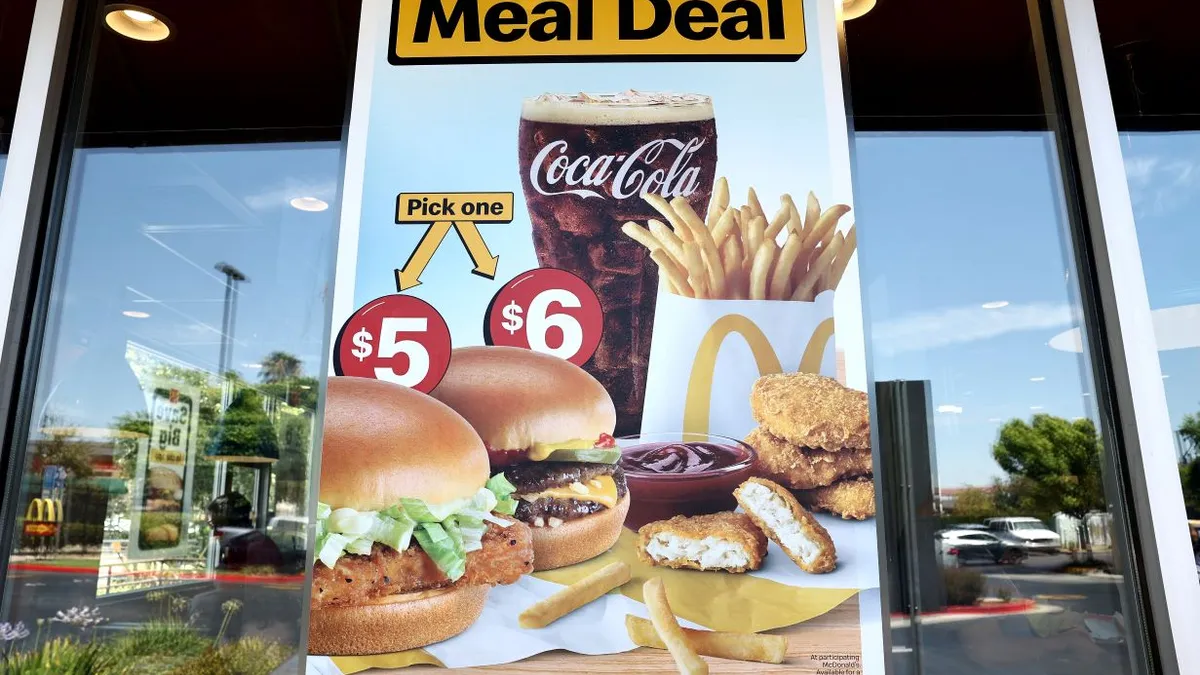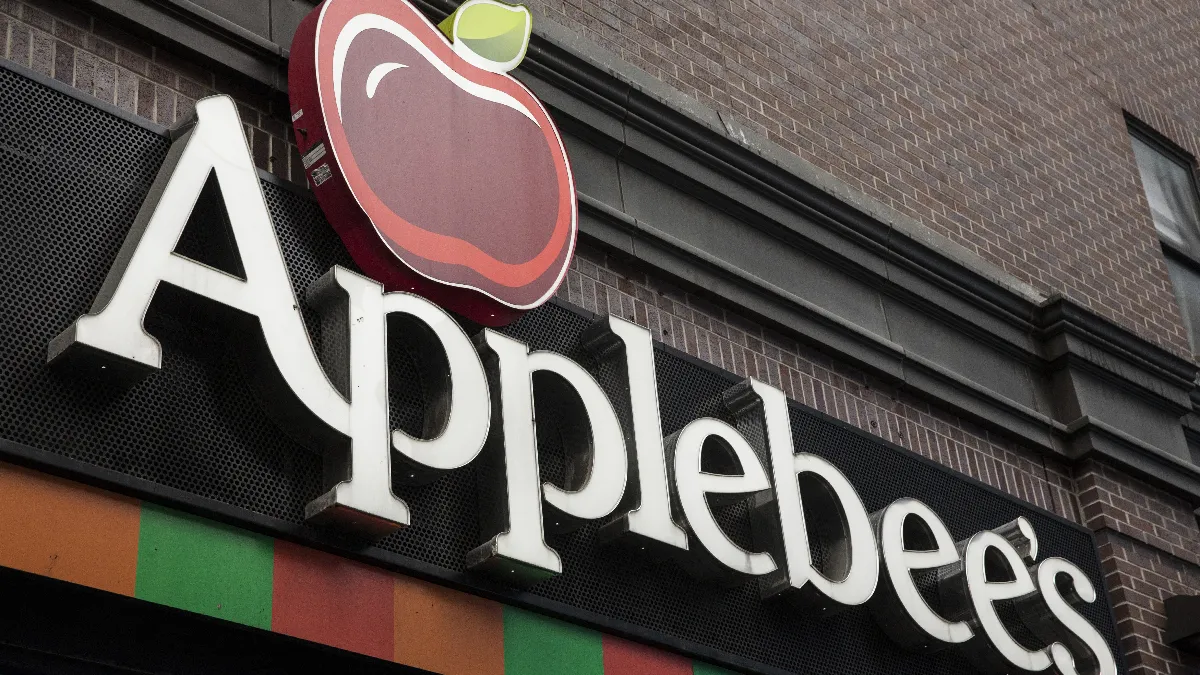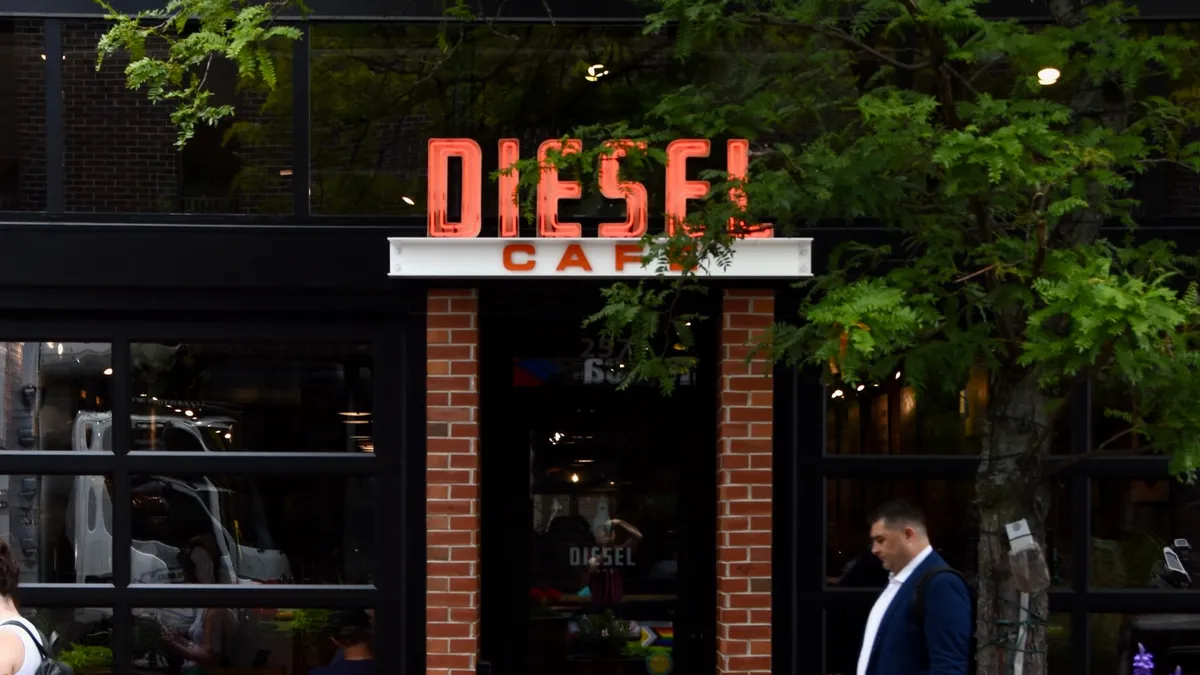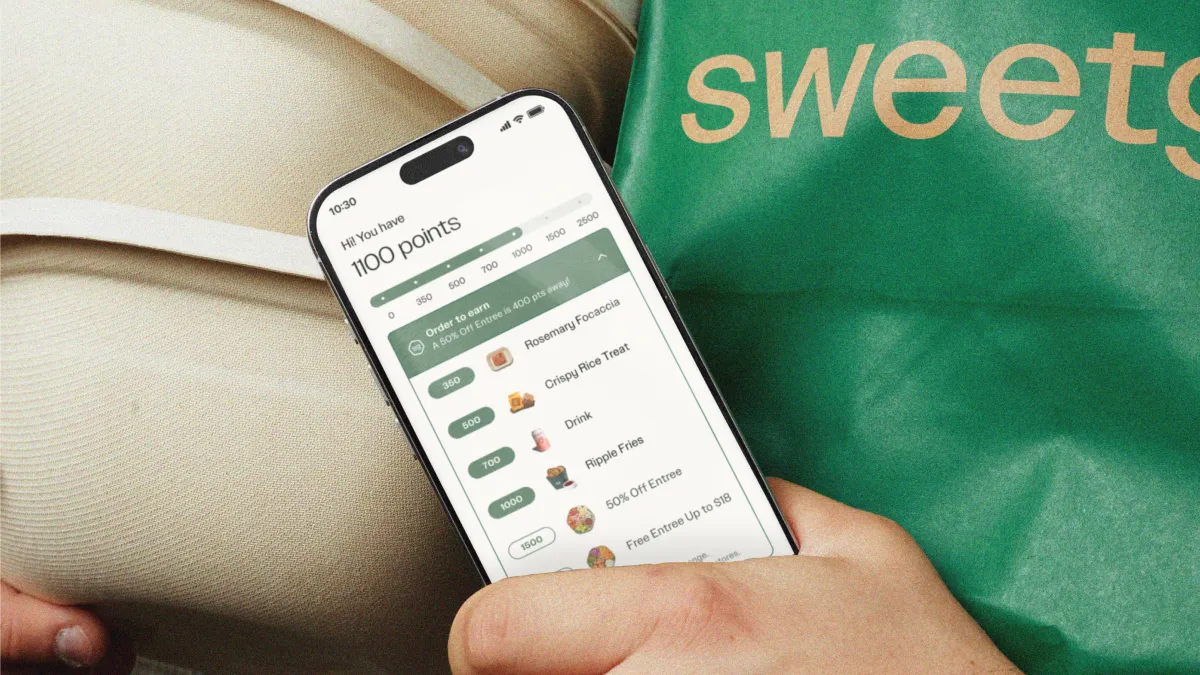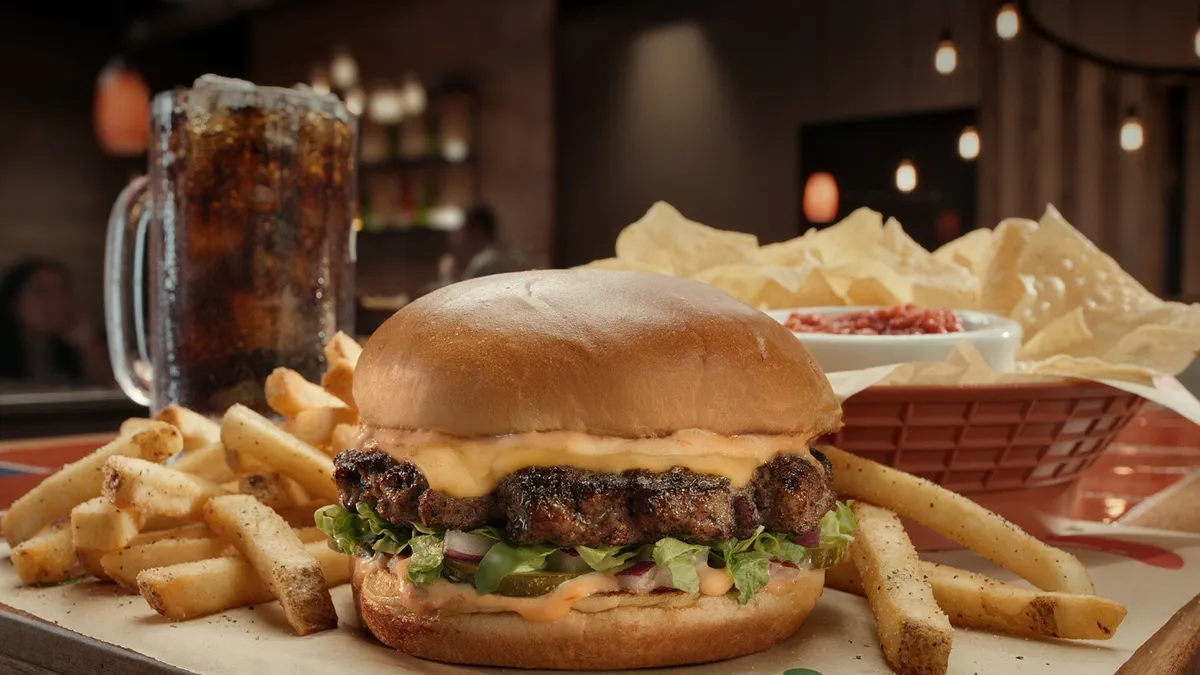In Q2, McDonald’s broke a four-year streak, when its U.S. same-store sales dipped 0.7%. Traffic declines pushed the chain to emphasize its value proposition, so it extended a limited-time $5 Meal Deal, into December. The promotion, which launched June 25, was originally expected to lapse at the end of the summer.
McDonald’s, like other fast food chains, is grappling with negative price perception as the growth of food-away-from-home prices continues to outpace that of grocery prices. Several QSRs rolled out permanent and temporary value meals during the summer to improve diner sentiment and drive traffic.
McDonald’s CEO Chris Kempczinski said during the chain’s Q2 2024 call that it needed a national value platform. Analyst BTIG said in a July report that Kempczinski’s statement may suggest the $5 Meal Deal LTO could be too narrow to attract significant guest counts. Even once a core value menu is added, it could take months of advertising to resonate with customers, BTIG said.
Data is mixed on whether or not McDonald’s $5 Meal Deal has been an effective means of boosting sales, traffic and customer loyalty. As of July, the meal had yet to make a significant impact on same-store sales, but the chain saw an initial traffic bump in the days following the June 25 launch.
Customer interest is high for McDonald’s deal
McDonald’s saw higher consumer interest in its value offering compared to a similar $5 promotion offered by Burger King, according to an M Science report. About 25% of McDonald’s customers ordered the $5 Meal Deal in the weeks following June 25 compared to about 10% of Burger King customers in the weeks following that chain’s June 10 $5 promotion, per M Science digital purchase data.
McDonald’s meal deal also helped bring back lapsed customers. Twelve percent of customers who purchased the meal had not been to the chain during the previous three months, per the report. Roughly 5% were new customers.
In the weeks after the $5 Meal Deal launch, M Science found that orders with the bundle had 12% higher checkers than orders without it. The promotion has been ordered more frequently as an add-on to other items rather than as a standalone purchase.
“We think the high percentage of ‘regulars’ among the offer's customer base might mean some customers are boosting their standard order with the promo rather than substituting the promo for existing orders,” M Science said in its report. “We think the boost to average check could be helping to support average check at a time when MCD is looking to get less aggressive on its pricing.”
Regulars are defined as customers who have visited the chain within the previous 30 days.
McDonald’s had particular success with “Young Urban Singles,” according to a Placer.ai white paper emailed to Restaurant Dive. This demographic segment is defined as young singles starting out in careers or in trade jobs. In states with high market shares of this demographic, average visits were higher in July compared to statewide averages.
“These young, price-conscious consumers, who are receptive to spending their discretionary income on dining out, are not the sole driver of McDonald’s LTO foot traffic success,” Placer.ai said in a recent white paper. “Still, the promotion’s outsize performance in areas where McDonald’s attracts higher-than-average shares of Young Urban Singles shows that the offering was well-tailored to meet the particular needs and preferences of this key demographic.”
McDonald's customer price perception versus competitors
Perception of value, price shifts
HundredX, a customer data and insights company, found mixed customer comments about the $5 Meal Deal, with some diners sharing that it’s a good value. A woman in the 40 to 49 age range earning less than $25,000 said she started going back to McDonald’s because of the promotion, per a report emailed to Restaurant Dive. Other customers of various demographics still found McDonald’s prices to be too high.
HundredX’s data revealed that McDonald’s has yet to significantly move the needle on customer perception on price and value. As of August, customer perception on price fell 16% year over year and continues a downward trend despite evening out during the summer. Double-digit percentage declines in sentiment indicate customers are seeing prices unfavorably.
On the other hand, McDonald’s price perception decline started to slow in July compared to steeper dips in previous months, which could indicate positive perception of the $5 Meal Deal, Andre Benjamin, vice president of strategy at HundredX, wrote in an email.
Comparatively, HundredX reported a 4% decline year over year in customer price perception for the quick, fast casual segment (QFC) in August.
The net positive perception of value for McDonald’s fell 7% year over year. Perception on value for QFC declined only three points August over August, comparatively.
“Managing prices is key for QFC companies as they struggle to regain slumping sales,” Benjamin said. “In our feedback flow, price is among the top three most selected reasons why a customer likes or dislikes a QFC brand. Clearly, price is top of mind for customers — it should be top of mind for restaurants, too.”



